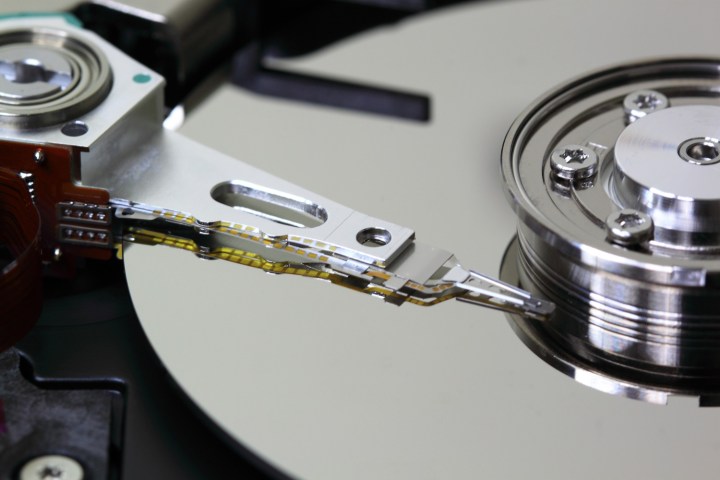
Skyrmions are described as “quasi-particle magnetic spin configurations” shaped like a “whirling vortex” in a report on the research from Nanotech Web. If the scale of a skyrmion is difficult to grasp, then its practical application may seem completely impenetrable — so it’s perhaps easier to work backwards from its potential usage.
The size and asymmetrical shape of a skyrmion gives it a notable advantage over the magnetic domains that are commonly used at present. Since they could feasibly be packed much closer together, they could produce denser storage drives with higher capacities and faster read and write speeds.
It’s also being theorized that skyrmions could be used alongside nanostructures like nanowires to produce something like racetrack memory. This technology would work without the need for moving read-write heads, which would go some way toward making hard drives more durable in the event of drops and knocks. Ultimately, this could result in drives that combine the speed advantages of NAND flash with density that exceeds the best mechanical drives.
It’s been clear for some time that storage hardware manufacturing is in need of a new direction. Last year, Intel confirmed that advances in the field had slowed. However, there is great work being done around the world to find a solution, whether it be something like HP and Sandisk’s storage-class memory, skyrmions, or something wholly different.
However, don’t expect to be saving to skyrmions just yet — this research is being referred to as an “experimental breakthrough” and won’t be part of a consumer hard drive for some time. That being said, this sort of foundational research is a vital step towards meeting the storage needs of tomorrow.
Editors' Recommendations
- The average life span of your hard drive will shock you
- Your next MacBook Pro could be even faster than expected
- 3 things you didn’t know you could do with Google Drive
- Cheaper, faster internet for apartments could be coming soon
- The supply of new DDR5 memory is already running dry, driving up prices


